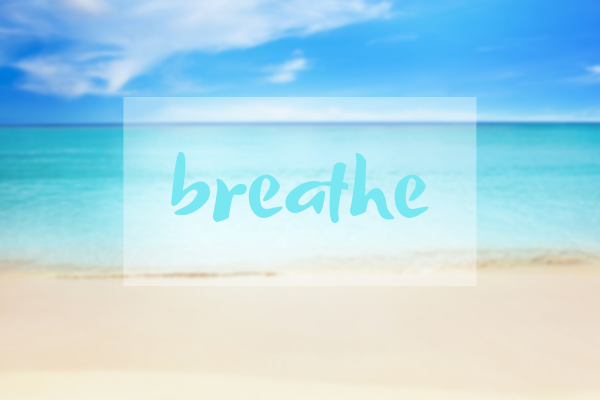What’s This Research About?
The goal of this research review is to define slow breathing, summarize the documented effects of slow breathing in healthy humans, and form a knowledge base of the physiological effects of slow breathing and proposed mechanisms of slow breathing for the discussion of clinical applications.

TITLE: The physiological effects of slow breathing in the healthy human
PUBLICATION: Breathe
DATE: 2017
AUTHORS : Marc A. Russo, Danielle M. Santarelli, Dean O’Rourke
Baroreflex: AKA baroreceptor reflex. A negative feedback mechanism involving stretch receptors and present primarily in the carotid sinus and aortic arch. Monitors arterial blood pressure and responds to acute changes via central-neural-autonomic pathways.
Cardiorespiratory coupling: relationships between heart rate, blood pressure, and respiration
Heart rate variability: A physiological occurrence referring to the fluctuation of R-R intervals
Minute ventilation: respiratory rate multiplied by tidal volume
Pranayama: Yogic breath control. Types of pranayama include double, single, or alternate nostril breathing, abdominal breathing, forceful breathing and vocalized/chanting breathing.
R-R interval: The time between heart beats
Slow breathing: 4-10 breaths per minute
Tidal breathing: Normal respiration with a relatively constant rate and inspiratory/expiratory volumes

